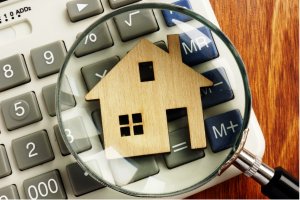-
NBS Tasks
Browse topics
- Monetary policy
- Financial market supervision
- Financial stability
- Banknotes and coins
- Payments
- Statistics
- Research
- Legislation
-
Publications
- Activity Report of the NBS Innovation Hub Annual Report Carbon Footprint Report of NBS Climate-related disclosures of NBS non-monetary policy portfolios Economic and Monetary Developments Financial Stability Report Investment Policy Statement of the National Bank of Slovakia Macroprudential Commentary
- Policy Briefs Report on the Activities of the Financial Market Supervision Unit Research Papers: Working and Occasional Papers (WP/OP) Statistical Bulletin Structural Challenges Other publications Sign up for your email notifications about publications
- About the Bank
- Media
- Frequently asked questions
-
For the public
Browse topics
- About the Bank
- Exchange rates and interest rates
- Banknotes and coins
- Payments
- Financial stability
- Financial market supervision
- Statistics
- Legislation
-
Publications
- Activity Report of the NBS Innovation Hub Annual Report Economic and Monetary Developments Financial Stability Report Macroprudential Commentary
- Report on the Activities of the Financial Market Supervision Unit Research Papers: Working and Occasional Papers (WP/OP) Statistical Bulletin Other publications Sign up for your email notifications about publications
- Frequently asked questions
- Media
- Careers
- Contact
Loan-to-value (LTV) ratio
It is important that loans are secured, especially in case of default. If the value of the property against which the loan is secured is not enough to pay off the debt, the borrower is exposed to foreclosure. The bank then also incurs increased losses.
At the same time, the limit on the loan-to-value ratio – i.e. the ratio of a loan to the value of the property against which it is secured – supports sound developments in the real estate market. Decisions to buy a home tend to be more responsible if they are at least partly financed out of savings.

Limit
The loan amount may not exceed 80% of the value of the property against which it is secured.
Exemption
- For up to 20% of new loans, the LTV ratio may be up to 90%
-
Further details about the exemption
- The periods over which compliance with the exemption is checked are the first and second halves of the year. In a given quarter, the exemption may amount to up to 22% of loans
Calculation

| Debt | New loan Existing loans secured by the same real estate |
| Value of the collateral | Value of the property pledged as collateral (whichever of the following is lowest: the purchase price; the valuation by an external appraiser; the lender’s internal valuation) |
-
Illustrative calculation
A married couple with two children wants to buy a residential property priced at €150,000.
Own savings (20% × value of the property) €30,000 Loan (80% × value of the property) €120,000 The maximum loan amount is €120,000.

Legislation
The statutory framework comprises the Housing Loan Act and Consumer Credit Act.
In addition, Národná banka Slovenska has laid down detailed provisons on the LTV calculation and LTV limits in the Housing Loan Decree.
Further information can be found in financial stability legislation.
